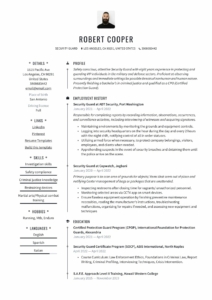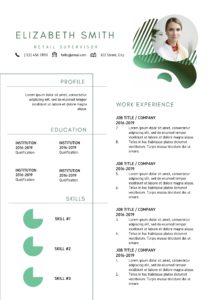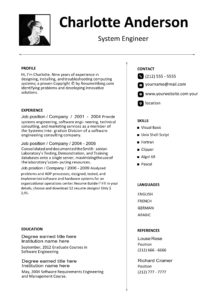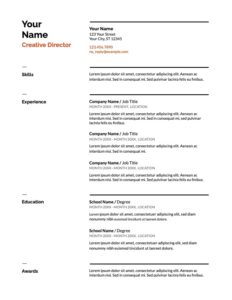
Research shows that 80% percent of candidates never receive feedback after applying for a job online. Furthermore, only 50% percent of candidates receive feedback after attending an interview.
The reasons behind deteriorating feedback channels are infinite. These may range from hiring freezes (yes that is actually a thing) to company interviewing processes still in progress or even an unexpected occurrence in the division that trumps any hiring priorities.
- However, the primary rationale is generally as simple as: they are not interested in pursuing the process with you further, because they found a better candidate. Now they are shying away from having that decline conversation with you (we are back at the why people cannot say no disease.)
- Secondary to that, they do not have the budget to pay you and are uncomfortable in saying so.
Why follow up?
Therefore, what is the purpose of following up then? One may as well assume if you do not hear anything after a week or two that your application was unsuccessful or that the interview did not go well.
Not necessarily. The justification for following up is threefold:
- To find professional closure, this is for yourself so can stop checking your inbox every 5 minutes or get butterflies each time the phone rings.
- To extract constructive feedback that you can learn from taking at face value and improve on to help you during the next application or interview process.
- To build a report with the organization in case you would want to apply to their roles again in future.
Unfortunate as it may seem, you want to make it as easy as possible for them to say ‘’no’’ so that you can build a bridge and get over it. (Before continuing, please remember the fine line between following up and stalking).
When to follow up
Initial application feedback after emailing your resume may take a while and keep in mind that screening and shortlisting, usually take place only after the closing date. Do not expect any feedback response during the advertising period.
• Time plus 1 week
The closing date ended a week ago and no response yet, not even an automated one.
Now is the time to send an email to the hiring manager or recruiter confirming your interest in the opportunity and enquiring about the timeline of the shortlisting process, not whether you were successful or not.
This can go one of two ways. You will either receive a response indicating some kind of timeframe to put your mind at ease, or none at all. If the latter, you need to wait it out for another two weeks.
• Time plus 3 weeks
Time to move it up a notch. Find the recruiter or hiring manager on Linkedin and send them a direct message, mentioning that you enquired a week back regarding the timeline of the shortlisting process and if they can give you an indication regarding the status of your application.
Here you may either receive at least some feedback regarding the progression of the process, a “dear john” decline or no response at all.
For the last option, your patience will be tested for another week.
• Time plus 4 weeks
Now the situation transforms from virtual to personal. You are well within your rights to pick up the phone and call the recruiter or in-house hiring manager. Keep it light though, no matter how desperately you want the job.
The trick is to be as straightforward as possible by asking for a Yes or No answer. For example: “I submitted my application on x date, and I’m wondering whether I have been successful to progress to the interview round?” Alternatively, “Can you please tell me if my application has been shortlisted for this role?”
After the interview
In most cases, the feedback wheel turns a little quicker after the interview. You can help this process along by sending a thank you email to the hiring manager within 24 hours following the interview event.
• Time plus 48 hours
Find the interviewers on Linkedin and send a connect invite to all parties. If they are already in your first connection group, you may submit a thank you note via Linkedin instead of an email.
This action will keep you top of mind during their interview process, especially if you were the first candidate interviewed and they still have a few more applicants to see.
• Time plus 1 week
The follow-up strategy here is to skip further emails and continue directly to Linkedin or texting enquiring via a personal message regarding the outcome of your interview.
However, if during the interview you did ask for a feedback time frame and one was provided then stick to those guidelines (even if they said 4-6 weeks!). If no feedback is presented on the day as indicated, you count a week from that specific date before following up.
There is a war on talent out there, and if you are the candidate of choice, someone will make contact with you during the first seven working days. No response usually points to an unsuccessful outcome.
• Time plus 2 weeks
The moment of acceptance that perhaps you are not the proverbial chosen one for this role.
Here, a quick phone call to HR, the hiring manager or the third-party recruiter is really just a case of formality on your part to ‘’ finalize’’ the process in your mind.
Again, if a time frame was given, adhere to those boundaries as to not feedback requesting yourself out of a potential job!
Where to from here?
You are allowed to be sad, frustrated or eat your gloom away with the biggest tub of ice cream for a day or two, but don’t dwell on the negative. Take a few days to conduct a post-interview dissection exercise to ascertain the good, the bad and the ugly and how these were influential in the outcome of your application.
Then, its back to the drawing board to continue your search. Consistency breeds confidence and confidence is what you need to land that dream job opportunity.






